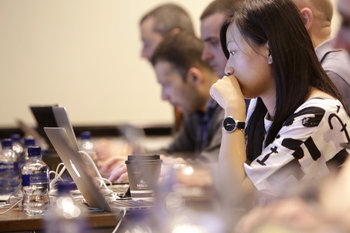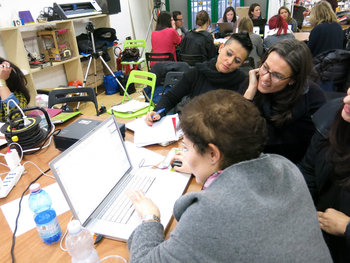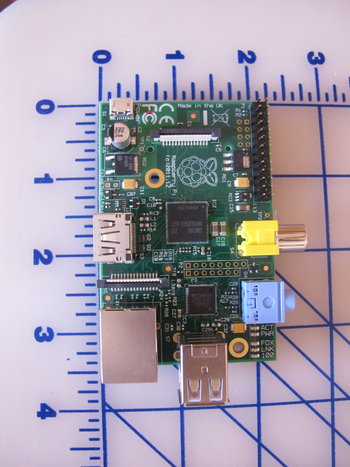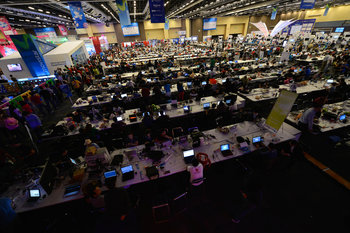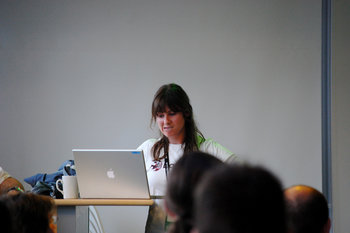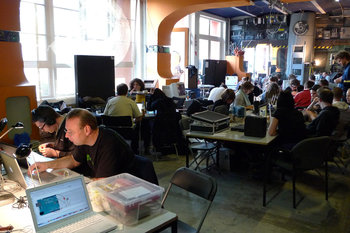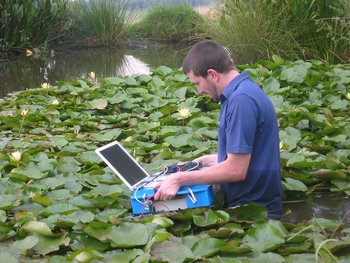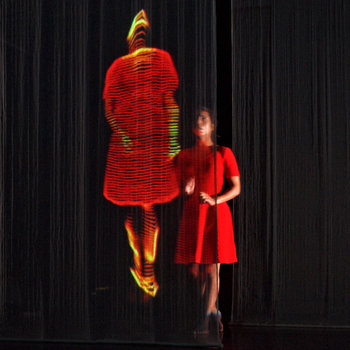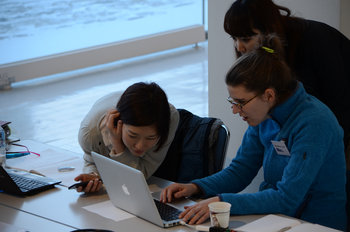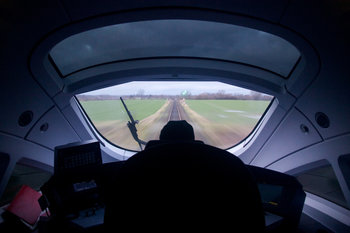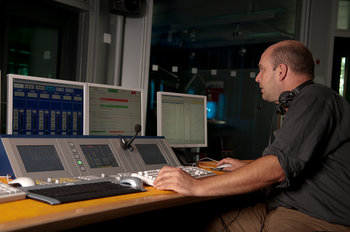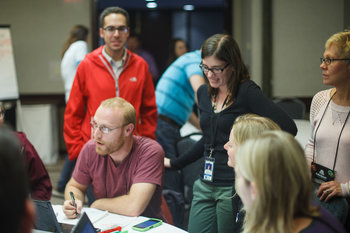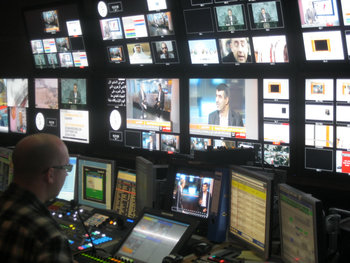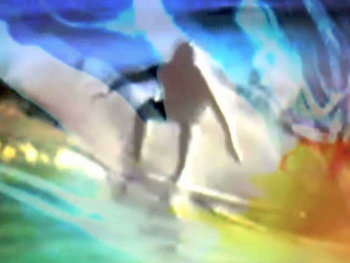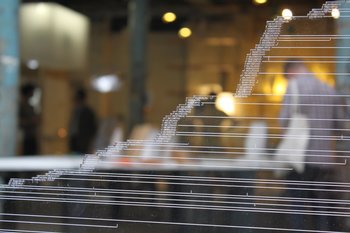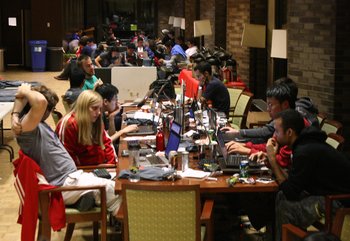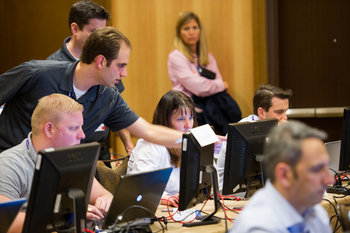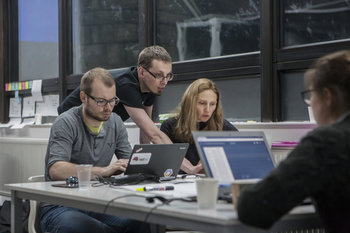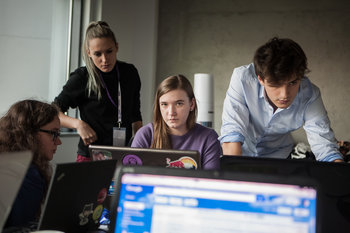
Pixels & Screens
Screens on technologies such as televisions, mobile devices, computers and signs are often based on a grid of millions of pixels that are physically shaped as dots or squares. For example, a screen with a 1440×1080 resolution has 1,555,200 individual pixels.Color Depth
Color depth, also known as bits per pixel, is the number of colors that are available for each individual pixel. For example, a 24-bit color depth indicates each pixel supports 16,777,216 color variations.Pixels & Media
Media such as photos and video often support more pixels than typical screens. It was common for video cameras to create 1920×1080 resolution HD videos long before screens were common near this resolution. Digital cameras often support resolutions such as 4064x2704 that are far larger than most screens. Large images are useful for editing purposes. They also are a type of future-proofing as what is a high resolution screen today may be considered low resolution in future.In many cases, graphic artists work with very large images that can be represented in print but are reduced for display on a screen. When a screen displays an image larger than itself, it displays an approximation.Pixels & User Interfaces
In many cases, user interface designers avoid working directly in pixels and instead design elements such as fonts to be displayed at a dynamic size based on the capabilities of the device. Nevertheless, user interface languages such as html commonly support configuring elements in pixel sizes. In many cases, devices automatically resize such elements. For example, if you design a web page to be 1024 pixels wide, a mobile phone that is only 640 pixels wide may automatically resize things.| Overview: Pixel | ||
Type | Computing Basics | |
Definition | The smallest controllable visual element in a screen, media file or document. | |
Related Concepts | Computing Basics | |



